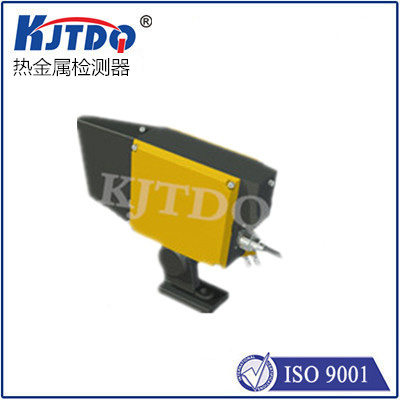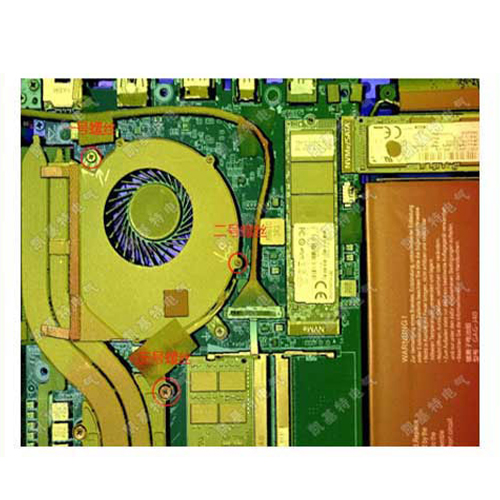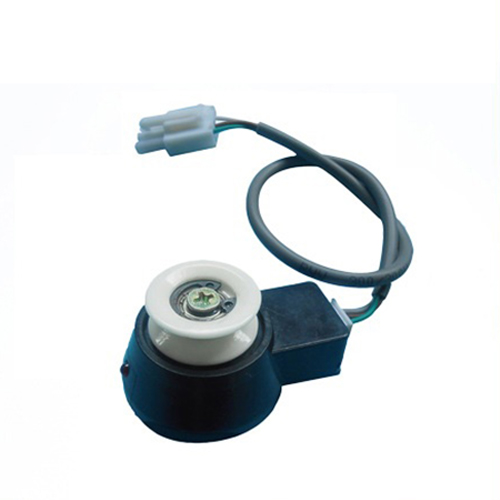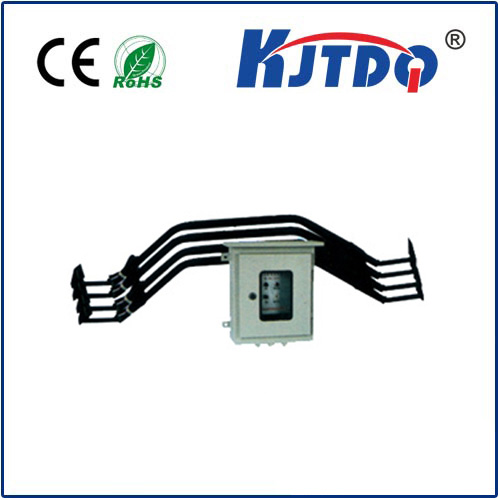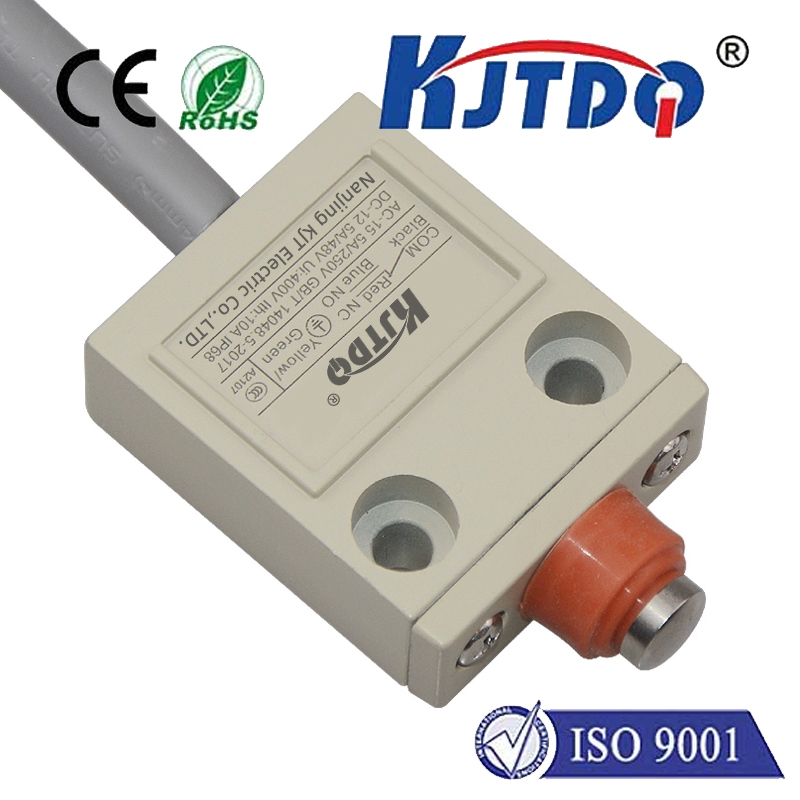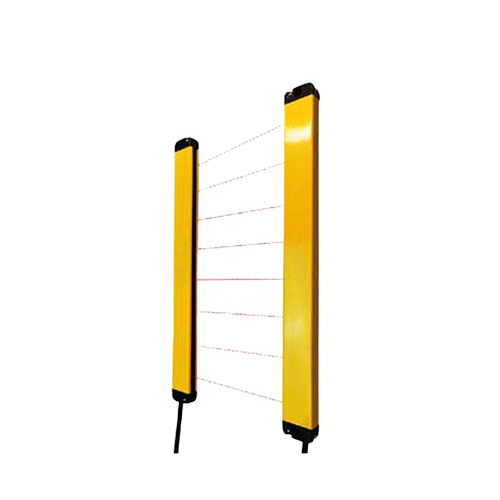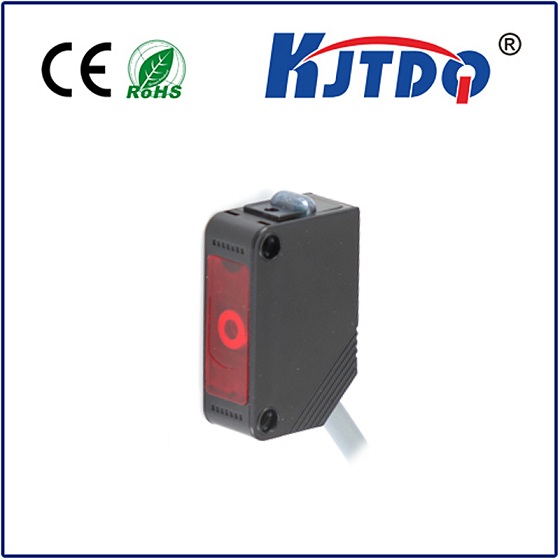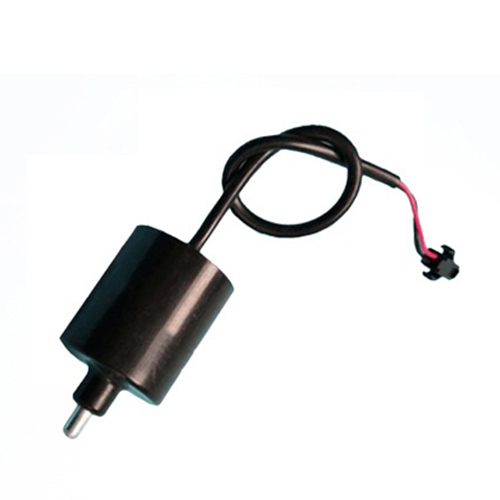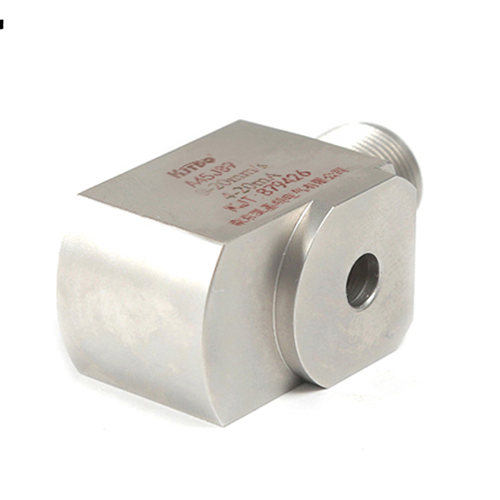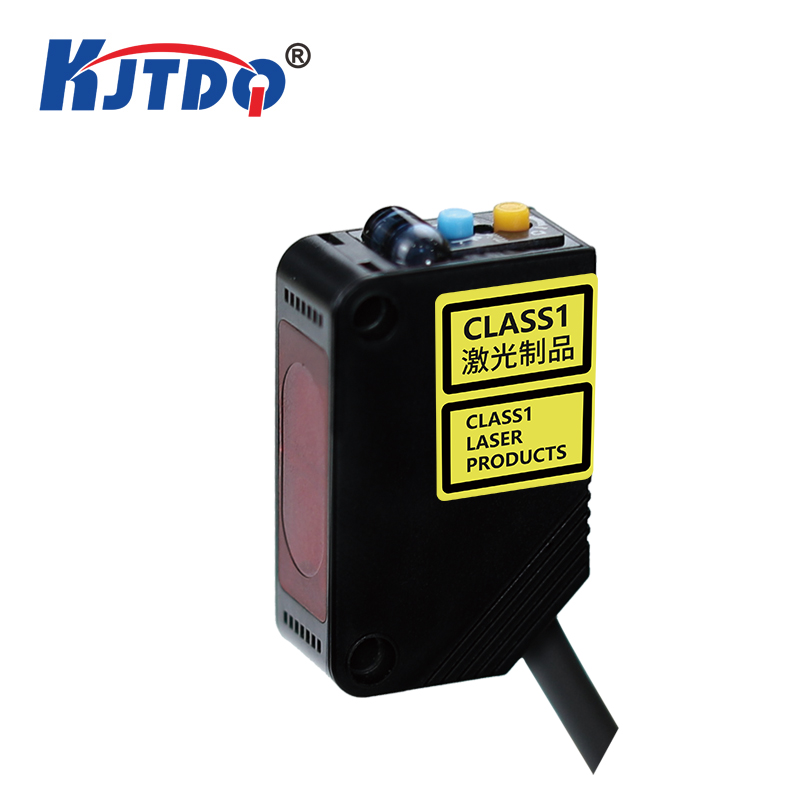thermometer sensor
- time:2025-08-20 02:59:08
- Нажмите:0
Thermometer Sensors: The Silent Sentinels Mastering Temperature Measurement
Temperature. It’s a fundamental physical property influencing everything from chemical reactions and industrial processes to our own health and comfort. Accurately measuring this ubiquitous variable is paramount, and standing guard at the forefront of this critical task is the often-overlooked thermometer sensor. These ingenious devices translate the invisible energy of heat into understandable signals, forming the bedrock of modern temperature monitoring and control. Understanding their diverse types, working principles, and vast applications reveals why they are truly indispensable across countless fields.
More Than Just Mercury: The Evolution of Sensing Heat
The journey of temperature measurement began centuries ago with rudimentary devices like Galileo’s thermoscope, evolving through mercury and alcohol-filled glass tubes. Today’s thermometer sensor represents a quantum leap in sophistication. Gone are the days of solely relying on fluid expansion. The modern era is dominated by electronic sensors, leveraging various physical phenomena to achieve unprecedented levels of accuracy, speed, and reliability. These sensors form the critical “sensing element” within a broader temperature measurement system, often integrated with signal conditioning, processing, and display components. Whether it’s ensuring your oven bakes perfectly or monitoring a patient’s fever remotely, the right temperature sensor is silently at work.
The Science Behind the Signal: How Thermometer Sensors Work

At their core, all thermometer sensors detect changes in a physical property caused by temperature fluctuations. Here’s a look at the most common technologies powering modern temperature measurement:
- Thermocouples: Perhaps the most widely used industrial temperature probe. They operate on the Seebeck effect: joining two dissimilar metals creates a voltage proportional to the temperature difference between the junction (the sensing point) and the reference point. They are rugged, cover an extremely wide range (-200°C to over 2000°C), respond relatively quickly, and are relatively inexpensive. However, they require precise reference junction compensation and generally offer lower accuracy compared to some other types.
- Resistance Temperature Detectors (RTDs): These sensors rely on the predictable change in the electrical resistance of pure metals (typically platinum, nicknamed Pt100 or Pt1000) with temperature. Platinum RTDs are renowned for their excellent accuracy, stability, and repeatability over a wide range (-200°C to 850°C). They offer superior linearity compared to thermocouples but are generally slower to respond and more expensive. RTDs are a cornerstone of Точное измерение температуры.
- Thermistors: Short for “thermal resistors,” these are semiconductor devices exhibiting a large, predictable change in resistance with temperature. There are two main types:
- Negative Temperature Coefficient (NTC Thermistors): Resistance decreases sharply with increasing temperature. Highly sensitive within their limited range (typically -50°C to 150°C), making them ideal for precise monitoring in narrow bands (e.g., medical thermometers, battery packs).
- Positive Temperature Coefficient (PTC Thermistors): Resistance increases with temperature, often used for over-temperature protection (e.g., in motors, battery safety).
- Infrared (IR) Sensors: Representing non-contact temperature measurement, these thermometer sensors detect the infrared radiation emitted by all objects. The intensity and wavelength of this radiation correlate directly with the object’s surface temperature. They are essential for measuring moving objects, very hot surfaces (foundries), hazardous environments, or where contamination is a concern (food processing). They are the technology behind the familiar non-contact forehead thermometer.
- Semiconductor (IC) Sensors: Integrated circuit sensors provide a digital thermometer sensor solution. Often using the temperature-dependent voltage across a semiconductor junction, they incorporate signal conditioning on-chip, delivering a straightforward digital output (like I2C or SPI). They are compact, low-cost, and easy to integrate into electronic systems for moderate accuracy needs within a typical -55°C to 150°C range.
Where Precision Matters: Ubiquitous Applications
The application of thermometer sensors is staggeringly diverse. Their ability to provide reliable temperature data is critical across sectors:
- Industrial Process Control: Monitoring and controlling temperatures in chemical reactors, furnaces, kilns, refineries, power plants, and manufacturing lines (thermocouples, RTDs). Ensuring product quality and process safety often hinges on precise temperature measurement.
- Building Automation & HVAC: Optimizing heating, ventilation, and air conditioning systems for comfort and energy efficiency requires sensors monitoring room air, ductwork, water loops, and outdoor conditions. (RTDs, Thermistors, IC Sensors).
- Medical & Healthcare: From ultra-sensitive NTC thermistors in patient monitoring probes and digital thermometers (oral, ear, forehead - contact and IR) to ensuring proper temperatures in laboratories, blood banks, and sterilization equipment, accurate temperature is vital for diagnostics and treatment.
- Consumer Electronics: Preventing overheating in smartphones, laptops, gaming consoles, and batteries relies on embedded digital thermometer sensors (IC Sensors, Thermistors). Smart home devices also utilize them for environmental monitoring.
- Automotive: Monitoring engine coolant, intake air, cabin air, exhaust gases, and battery temperatures is essential for performance, emissions control, safety, and passenger comfort. (Thermistors, Термоэлектрический термометр, RTDs).
- Food & Beverage Industry: Ensuring food safety through entire cold chains (storage, transport, display) and during processing (cooking, pasteurization, fermentation) demands reliable temperature probes (RTDs, Термоэлектрический термометр, IR sensors for surfaces).
- Aerospace & Research: From monitoring spacecraft components to conducting experiments in extreme environments, specialized high-accuracy thermometer sensors are indispensable.
The Pursuit of Perfection: Accuracy, Selection, and Trends
Choosing the right thermometer sensor is critical. Key factors include:
- Required Temperature Range: Does it need to measure cryogenic temps or extreme heat?
- Accuracy & Stability: How precise must the measurement be, and will it drift over time?
- Response Time: How quickly must it react to temperature changes?
- Environment: Will it face moisture, chemicals, vibration, or electromagnetic interference?
- Contact or Non-Contact: Does the object allow physical contact?
- Output & Integration: Is a simple voltage, resistance, or digital output needed for the system?
- Cost: Balancing performance requirements with budget constraints.
Current trends focus on enhancing capabilities: miniaturization for less intrusive monitoring, wireless connectivity for IoT integration enabling remote monitoring and data logging, improved energy efficiency for longer battery life in portable devices, and leveraging AI for predictive maintenance based on temperature trend analysis. Smart thermometer sensors, integrated into interconnected systems, are driving smarter automation and insights.
The Unseen Essential
From the industrial furnace to the digital thermometer on your nightstand, thermometer sensors perform an invisible yet vital function. They are the fundamental translators of thermal energy into actionable data. Their continuous evolution towards greater accuracy, robustness, miniaturization, and intelligence ensures they remain critical components in safeguarding processes, enhancing efficiency, protecting equipment, and ultimately, improving our lives and the world around us. The next time you check the weather, adjust your thermostat, or ensure your food is safely cooked,

